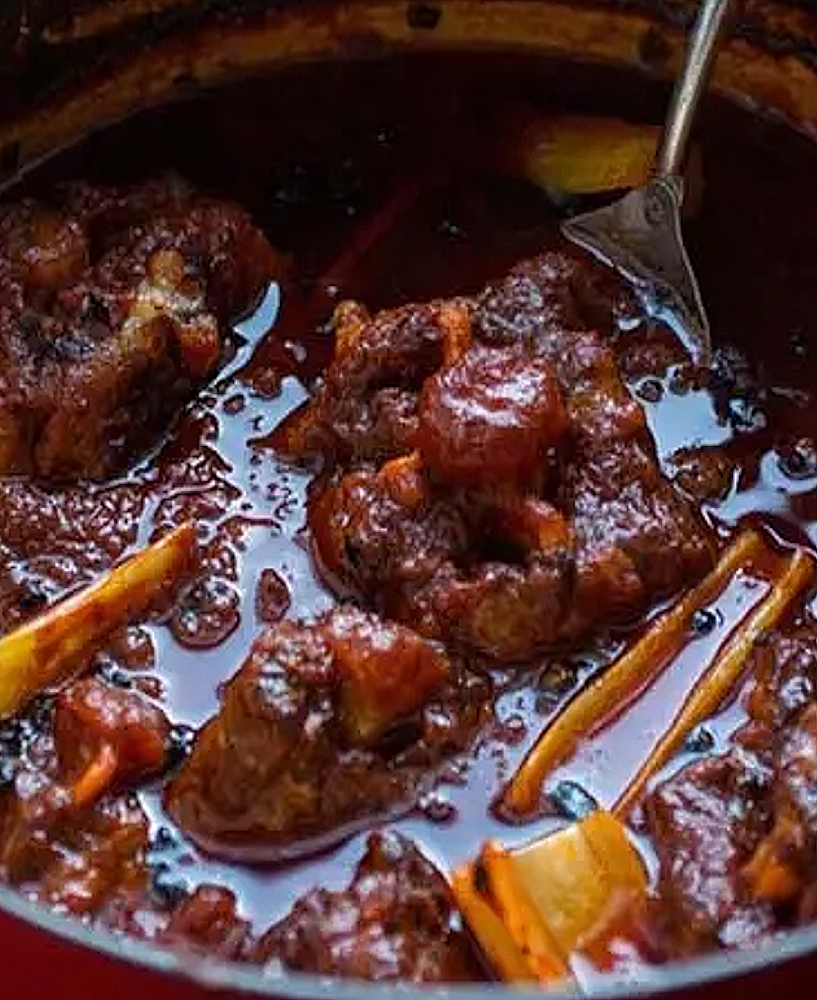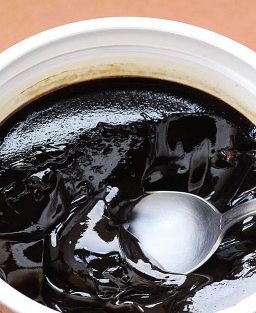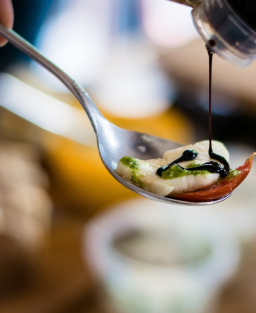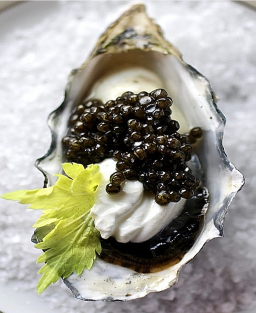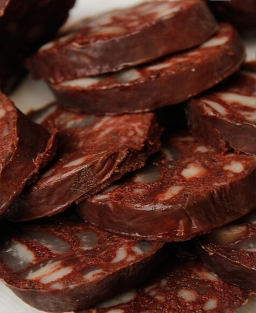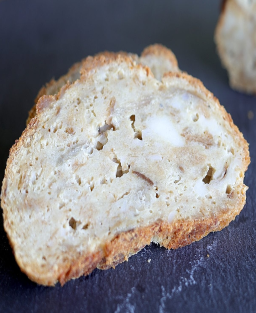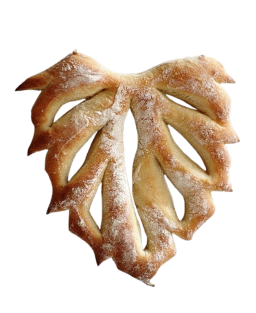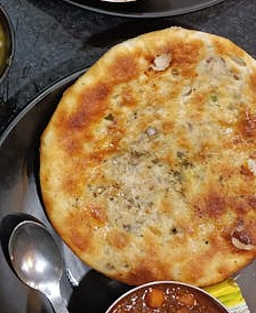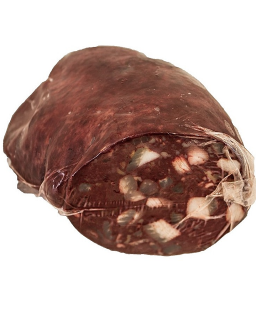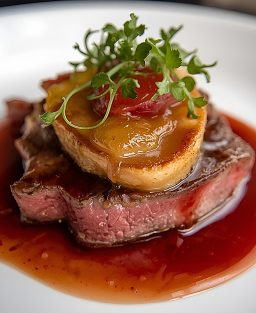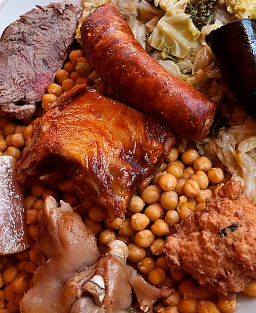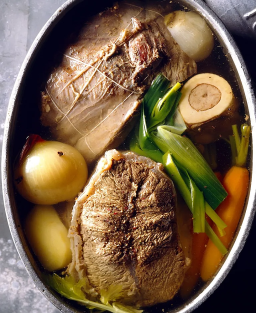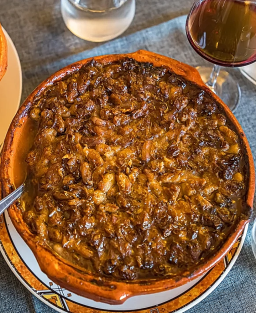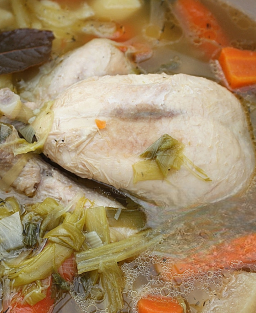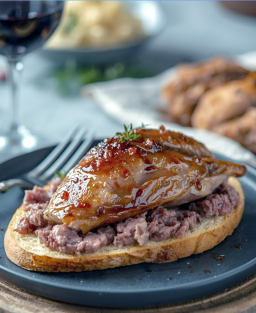Traditional Roman Recipe for Coda alla Vaccinara: An Ancient Oxtail Stew Simmered with Vegetables
Traditional Roman Recipe for Coda alla Vaccinara: An Ancient Oxtail Stew Simmered with Vegetables
Anecdote
"Qui la coda arrostita bene, Roma gioiosa tiene" — an old Roman saying meaning:
"When the tail is well cooked, Rome is joyful."
Legend
It is said that a Roman butcher, not wanting to waste the less noble cuts, created this slow-simmered stew — now an iconic dish of Roman popular cuisine.
Discover the traditional recipe of Coda alla Vaccinara, a Roman oxtail stew slowly cooked with vegetables and aromatic herbs.
Necessary Utensils
-
Cast iron Dutch oven or thick-bottomed pot with lid
-
Paring knife
-
Cutting board
-
Wooden spoon
-
Ladle
-
Hand blender (optional)
Country / Region
-
Country: Italy
-
Region: Lazio, Rome
-
Recipe origin: Oral tradition
-
Codified recipe: No
Evolution of the Recipe
Originally from the working-class neighborhoods of Rome, this stew evolved from a humble peasant dish based on oxtail and vegetables into a codified specialty served in Roman trattorias.
The addition of tomatoes and red wine in the 19th century, followed by festive variants including raisins and pine nuts, enriched the Roman culinary tradition.
Notable Chefs and Contributions
-
Ada Boni: Codified the recipe in La Cucina Romana (1929)
-
Marcella Hazan: Popularized slow, aromatic cooking
-
Massimo Alberini: Emphasized slow cooking and balance of herbs and vegetables
Historical Background
Coda alla Vaccinara is a symbol of Roman "cucina di recupero" (nose-to-tail cuisine), born in the Vaccinari district — home to butchers specializing in cattle butchery.
-
Origins: As early as the 17th century, Roman butchers made the most of less prized cuts like oxtail, simmering them with vegetables, wine, and herbs.
-
Testaccio: The emblematic district, once Rome’s cattle market, where oxtail was abundant and inexpensive.
-
Oral Tradition: The recipe has been passed down through generations, with each family adding its touch — variations in cooking time, wine quantity, and bouquet garni.
-
Evolution: Originally very simple (just oxtail, onion, and oil), by the 19th century it was enriched with carrots, celery, tomatoes, and tomato paste. Some modern versions even include dark chocolate or sweet paprika to balance acidity.
Iconic Restaurants Keeping the Tradition Alive
-
Roma Vecchia Trattoria Testaccio: Serving the traditional version since 1880
-
Trattoria Da Felice: Famous for slow cooking and aromatic balance
-
Osteria Bonelli: Offers a tender version with rich, reduced sauce
-
Antica Trattoria Pallottino: Rustic recipe with finely diced vegetables (brunoise)
Recipe Description
A slow-cooked oxtail stew with tomatoes, celery, carrots, onions, garlic, and aromatic herbs.
The long cooking process makes the meat tender and allows the vegetables to form a rich, flavorful sauce.
Ingredients (Serves 4)
-
Oxtail: 1.2 kg (cut into 5–6 cm sections)
-
Peeled or chopped tomatoes: 300 g
-
Celery: 2 stalks, diced (brunoise)
-
Carrots: 2, diced (brunoise)
-
Onion: 1 medium, finely sliced
-
Garlic: 2 cloves, crushed
-
Extra virgin olive oil: 50 ml
-
Dry red wine: 200 ml
-
Bouquet garni: thyme, bay leaf, rosemary
-
Salt and black pepper: to taste
-
Optional: 1 tbsp tomato paste
Professional Preparation (Step-by-Step)
1. Preparing the Meat
-
Selection & trimming: Choose a fresh, well-marbled oxtail — ideally from a tender Italian breed like Chianina or Marchigiana.
-
Cutting: Slice the tail into even sections (5–6 cm). Remove excess fat and surface membranes to avoid a rubbery texture.
-
Rinse & dry: Quickly rinse under cold water, then pat dry with paper towels to ensure browning.
-
Searing: In a heavy-bottomed pot (cast iron or stainless steel), heat olive oil over medium-high. Sear the oxtail pieces on all sides until deep golden-brown (about 5–7 minutes per side). This Maillard reaction is essential for flavor. Remove and set aside.
2. Preparing the Vegetables
-
Peel & chop:
-
Onions: thinly slice to release aroma and sugars
-
Garlic: crush and finely chop
-
Celery & carrots: dice finely (brunoise, 3–5 mm), aiming for uniformity
-
-
Initial sauté: In the same pot, add more oil if needed. Sauté onion and garlic until translucent (avoid browning), then add the celery and carrots. Cook 2–3 minutes until slightly softened.
3. Deglazing and Adding Liquids
-
Deglaze: Pour in red wine over the hot vegetables to loosen cooking residues. Let reduce for ~5 minutes to evaporate alcohol.
-
Add tomatoes: Stir in peeled or chopped tomatoes and optional tomato paste for deeper color and flavor.
-
Return the meat: Put the oxtail back into the pot, ensuring it’s well coated in sauce.
-
Herbs and seasoning: Add bouquet garni, salt, and black pepper to taste.
-
Cooking liquid: Add water (or light broth) to cover the ingredients. The meat should be partially submerged for gentle, even cooking.
4. Slow Cooking
-
Method: Simmer gently, covered, either on the stovetop or in the oven at 150–160°C (300–320°F).
-
Time: 3 to 4 hours, until the meat is tender and falls off the bone.
-
Monitoring: Stir gently every 30 minutes. Check liquid levels and top up if necessary.
-
Final touches: 15 minutes before the end, remove bouquet garni and adjust seasoning. If sauce is too thin, uncover and simmer on higher heat for 10–15 minutes to thicken.
5. Presentation & Serving
-
Remove meat and arrange on a serving dish. Spoon over the vegetables and reduced sauce.
-
Serve hot with a classic side dish: creamy polenta, short pasta, or toasted bread.
Total Time: 4 hrs 30 min
-
Preparation: 30–40 min (cutting, dicing, searing)
-
Cooking: 3–4 hours (slow simmering, reduction, and finishing)
Regional Variants
-
Classic Roman: oxtail, vegetables, tomatoes
-
Festive Roman: with raisins and pine nuts, optional cinnamon
-
Modern takes: bolder red wine or intensely reduced sauce
Tips & Tricks
-
Low and slow cooking is key to tender meat.
-
Skim off excess fat halfway through for a clearer sauce.
-
Chef’s tip: Use fresh bouquet garni for more delicate aromas.
Service Suggestions
-
Rustic: Serve directly in the pot, with sauce and vegetables
-
Gourmet: Plate in a deep dish, drizzle with jus, add confit vegetables
-
Sides: creamy polenta, short pasta, or toasted bread
Recommended Wines / Drinks
-
Italian red wine: Chianti Classico or Montepulciano d’Abruzzo
-
Alternative: lighter red from Lazio
Nutritional Information (Per 100 g)
-
Energy: 190 kcal (795 kJ)
-
Carbohydrates: 5 g
-
Protein: 20 g
-
Fat: 10 g
-
Fiber: 2 g
-
Allergens: none specific
Adaptable:
-
Lighter version with less oil
-
Alcohol-free version also possible
Glossary
-
Brunoise: Finely diced cubes (2–3 mm), often using a paring knife.
-
Sear: Quickly browning meat in hot fat to caramelize surface sugars and proteins.
-
Simmer: Slow cooking at low temperature, partially or fully submerged in a flavorful liquid.







